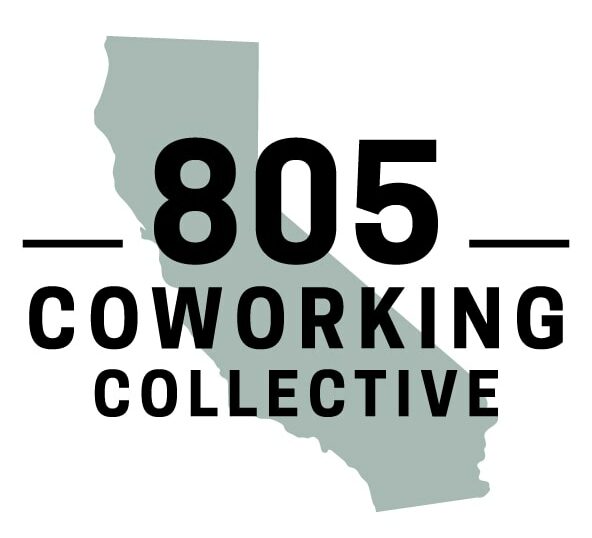The Importance of Offsite In-Person Meetings
by Aaron Velazquez
Coming up on three years of a revolutionized economy, many workers are feeling isolated from their colleagues, especially new college grads. After 1-3 years of remote/hybrid school, these young adults are being thrown into a workplace that is more about safety compliance and efficiency than team building and mentoring, the latter two being of the utmost importance for a new worker looking to build a career. It’s difficult for a 21-25 year old to feel like they’re part of the company culture and making real progress when they were hired over video calls, only communicate with their coworkers over instant messages, and don’t even have an office to go into. This type of work environment has become quite controversial, with the most recent debate being sparked by Malcolm Gladwell and his apparent hypocrisy on the subject. While some people find office work to be outdated, others find remote work to be detrimental; however, as with most things, a “one size fits all” mentality isn’t going to fix the problem. Rather, a solid mix of in-person and remote, as opposed to 100% of either, should be the goal companies strive for. In this vein, many companies are re-recognizing the importance of offsite in-person meetings, which can not only help you build a better work environment and retain current employees, but also attract prospective workers who are looking for work, but on their terms.
Some work is more efficiently accomplished face-to-face
If you’re a leader at a company that mainly functions in a remote setting, recognize that there are certain types of work that are best done in-person. While much of your employees’ day-to-day tasks are fine to do outside of the office setting, there are multiple kinds of in-person meetings you can and should have. For example, partner meetings, big project updates, investor or analyst briefings, and sales kick-offs to name a few. And with all of these, remember that one of your main goals should be team building; you want your employees to be able to see each other as real, individual humans, not just random people on the other end of a screen. This in-person time can help build your team’s trust and culture, while offering younger members that valuable time to create connections with mentors and advance their careers through networking; this means creating a good balance between business and socializing. Just keep in mind why your meeting is in-person instead of remote. While it is always important to go over the necessary business material, ask yourself, “Is this something we could have handled over a few emails and video calls?” Make the most of your in-person time by allowing ample time for socialization, open discussions, and general team building activities. There isn’t much point in being in-person if nobody shakes a hand or has an eye-to-eye conversation.
Regardless of your meeting’s scale, from small team training to webinars or even conferences, a hybrid component should be standard practice at this point. While I have written about hybrid meetings in the past, the main idea is that not everyone can make in-person meetings on a reliable basis, so a hybrid component will expand your audience and increase your professionalism; just remember you need the right equipment.
And if you work for one of these companies that recently stopped leasing office space, since this has often made good business sense given recent circumstances, you can still host a professional offsite meeting if you pick the right venue. But if you want to avoid all the hassle of planning every aspect of your meeting, just come down to Workzones for all the assistance your offsite in-person meeting will need. We can affordably host a variety of different sized events, from small meetings to large events, all with plug and play hybrid meeting options.





